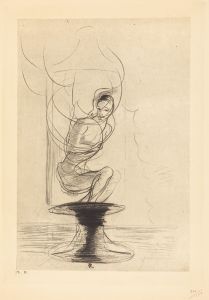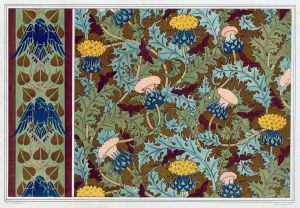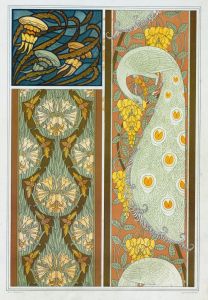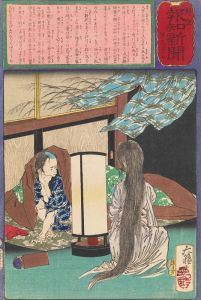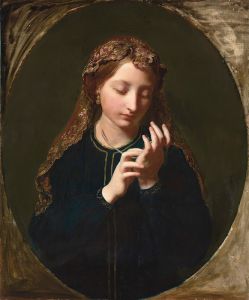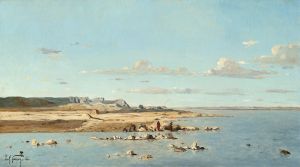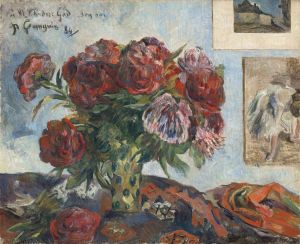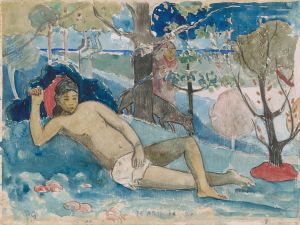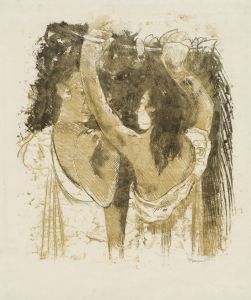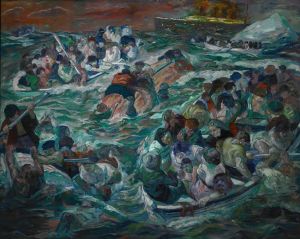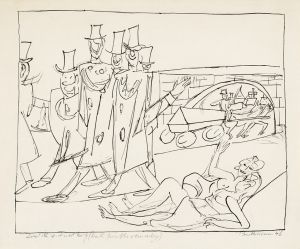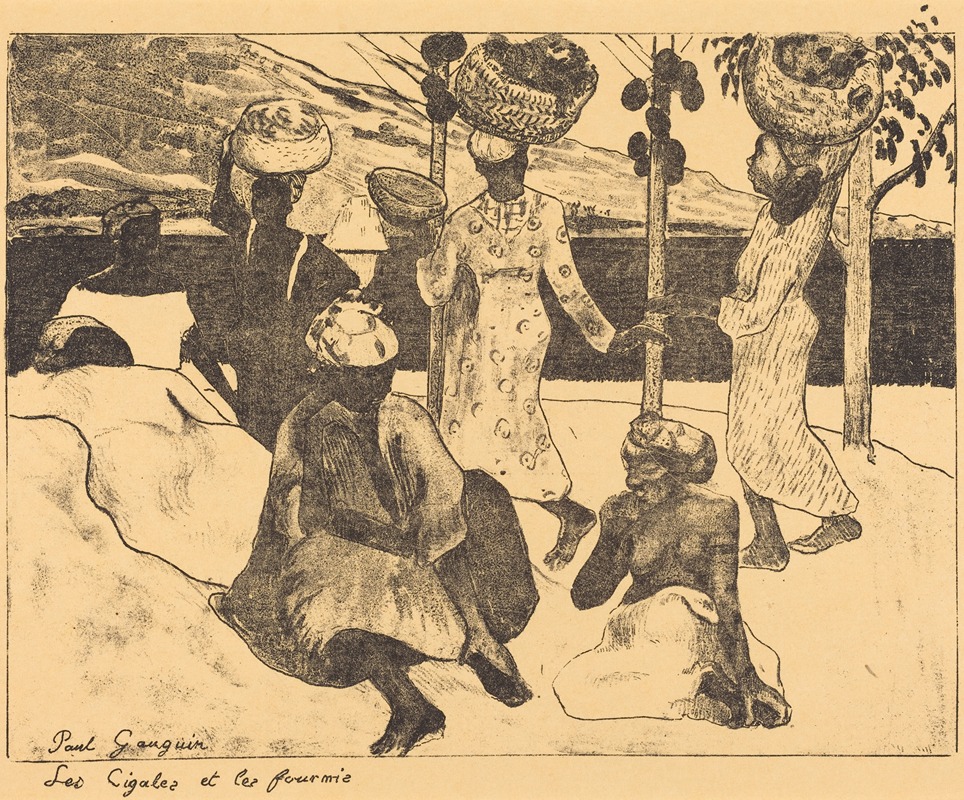
Locusts and Ants; A Memory of Martinique
A hand-painted replica of Paul Gauguin’s masterpiece Locusts and Ants; A Memory of Martinique, meticulously crafted by professional artists to capture the true essence of the original. Each piece is created with museum-quality canvas and rare mineral pigments, carefully painted by experienced artists with delicate brushstrokes and rich, layered colors to perfectly recreate the texture of the original artwork. Unlike machine-printed reproductions, this hand-painted version brings the painting to life, infused with the artist’s emotions and skill in every stroke. Whether for personal collection or home decoration, it instantly elevates the artistic atmosphere of any space.
"Locusts and Ants; A Memory of Martinique" is a painting by the French post-impressionist artist Paul Gauguin. Created in 1887, this work is part of Gauguin's series of paintings inspired by his stay in Martinique, a Caribbean island where he spent several months in 1887. This period was significant for Gauguin as it marked a transition in his artistic style and subject matter, influenced by the vibrant colors and exotic landscapes of the island.
The painting depicts a lush, tropical landscape with a focus on the natural environment, featuring locusts and ants, which are indicative of the island's fauna. Gauguin's use of bold colors and strong lines is evident in this work, reflecting his departure from the more subdued palette of his earlier works. The composition is dynamic, capturing the movement and vitality of the natural world.
Gauguin's time in Martinique was a pivotal moment in his career. He traveled to the island with fellow artist Charles Laval, seeking new inspiration and a break from the European art scene. The experience profoundly impacted Gauguin, leading him to develop a more expressive and symbolic approach to painting. The tropical environment of Martinique provided a rich source of inspiration, and Gauguin produced several notable works during his stay, including "Locusts and Ants; A Memory of Martinique."
The painting is characterized by its vivid depiction of the island's flora and fauna, with a particular emphasis on the insects that inhabit the landscape. Gauguin's fascination with the natural world is evident in the meticulous detail with which he renders the locusts and ants. This attention to detail, combined with his bold use of color, creates a striking and memorable image.
"Locusts and Ants; A Memory of Martinique" is an important work in Gauguin's oeuvre, as it represents a key moment in his artistic development. The painting reflects his growing interest in non-European cultures and his desire to explore new artistic territories. This period in Martinique also foreshadowed his later travels to Tahiti, where he would continue to develop his distinctive style and thematic focus.
Today, "Locusts and Ants; A Memory of Martinique" is recognized as a significant example of Gauguin's work from this period. It is celebrated for its vibrant depiction of the natural world and its role in the artist's evolution. The painting is held in high regard by art historians and is considered an important piece in the study of Gauguin's artistic journey.
In summary, "Locusts and Ants; A Memory of Martinique" by Paul Gauguin is a notable work that captures the essence of the artist's transformative experience in Martinique. The painting's vivid colors, dynamic composition, and detailed depiction of the island's fauna reflect Gauguin's evolving style and his deepening interest in the natural world. This work remains an important part of Gauguin's legacy and a testament to his innovative approach to art.





